Product Consultation
Your email address will not be published. Required fields are marked *
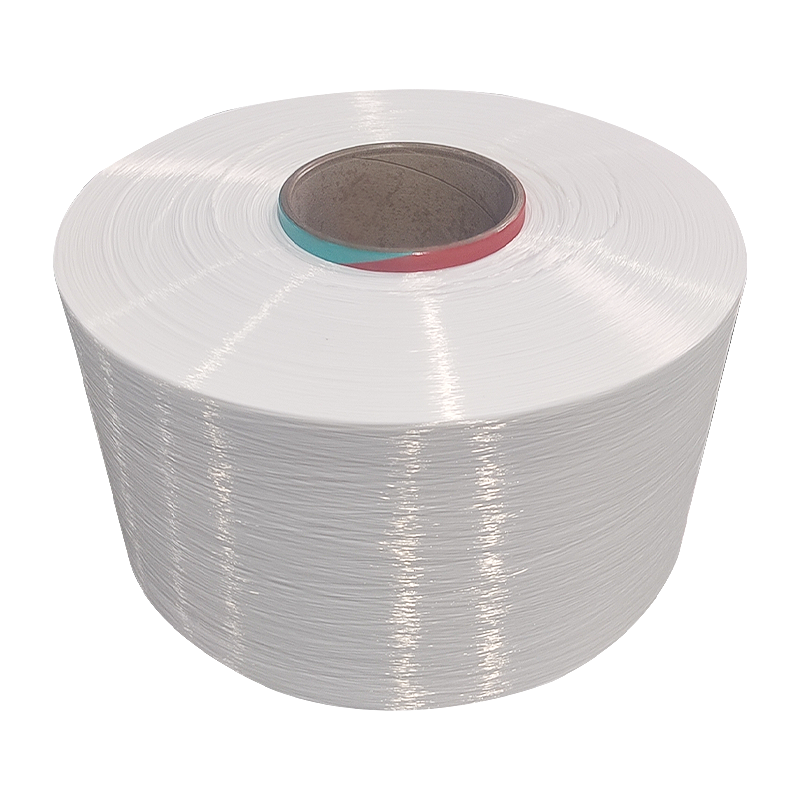
How is nylon mother yarn different from regular nylon yarn?
Dec 25,2025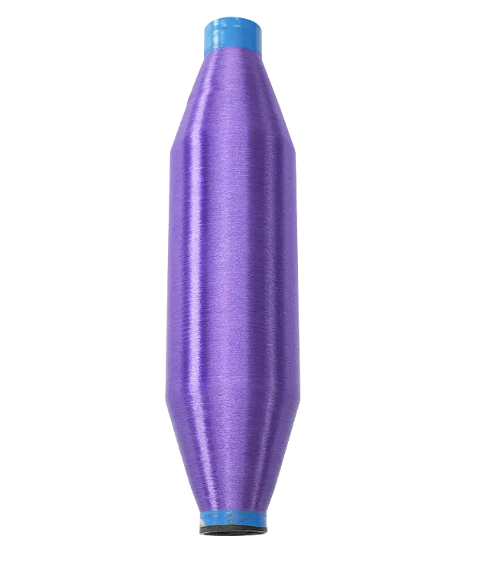
Will biodegradable yarn release harmful substances or cause environmental pollution during the degradation process?
Dec 18,2025
Is nylon mother yarn suitable for high abrasion resistance or high strength applications?
Dec 11,2025Introduction to Nylon Monofilament Yarn
Nylon monofilament yarn is a single-strand synthetic fiber widely used in industrial, commercial, and domestic applications. Its continuous structure provides specific mechanical properties such as tensile strength, flexibility, and durability, which are crucial for products like fishing nets, brushes, industrial filters, and textiles. Understanding the hygroscopicity and chemical stability of nylon monofilament yarn is essential for predicting its performance in various environments and selecting appropriate applications.
Understanding Hygroscopicity of Nylon Monofilament Yarn
Hygroscopicity refers to the ability of a material to absorb moisture from the surrounding environment. Nylon monofilament yarn, being a polyamide fiber, exhibits moderate hygroscopicity due to the presence of amide groups in its molecular structure. These polar groups form hydrogen bonds with water molecules, leading to water absorption. This moisture uptake can influence the yarn’s dimensional stability, mechanical properties, and performance under stress. For instance, the tensile strength of nylon monofilament yarn may slightly decrease under high humidity conditions, while elongation at break may increase due to the plasticizing effect of absorbed water.
The hygroscopicity of nylon monofilament yarn is affected by several factors, including ambient humidity, temperature, and the specific type of nylon used. Typically, nylon 6 and nylon 6,6 show different moisture absorption rates, which can impact their applications in environments with varying moisture levels. Designers and manufacturers need to consider this property when using nylon monofilament yarn in products exposed to water or high humidity.
| Nylon Type | Moisture Absorption (%) at 65% RH | Moisture Absorption (%) at 95% RH |
|---|---|---|
| Nylon 6 | 2.8 | 4.5 |
| Nylon 6,6 | 2.0 | 3.5 |
Factors Influencing Hygroscopic Behavior
Several environmental and material-related factors affect the hygroscopic behavior of nylon monofilament yarn. Temperature plays a significant role, as higher temperatures can increase the diffusion rate of water molecules into the fiber, leading to faster moisture uptake. Similarly, the duration of exposure to humid conditions can determine the equilibrium moisture content of the yarn. The filament diameter also contributes to hygroscopicity; finer filaments generally reach moisture equilibrium faster than thicker filaments due to their higher surface area-to-volume ratio.
The presence of additives or coatings on the nylon monofilament yarn can modify its hygroscopic behavior. For instance, hydrophobic coatings reduce water absorption, making the yarn suitable for outdoor or marine applications. Understanding these influencing factors helps in designing products that maintain performance under specific environmental conditions.
Chemical Stability of Nylon Monofilament Yarn
Chemical stability refers to the ability of a material to resist chemical degradation or reaction under various conditions. Nylon monofilament yarn demonstrates reasonable chemical stability against many organic solvents, oils, and mild acids. However, it is susceptible to degradation when exposed to strong acids, strong alkalis, or oxidizing agents. Prolonged contact with such chemicals can lead to hydrolysis of the polyamide chains, weakening the yarn and reducing its lifespan.
The chemical structure of nylon monofilament yarn, primarily composed of repeating amide linkages, is responsible for both its stability and vulnerability. While these amide groups confer good resistance to neutral chemicals, they are reactive toward hydrolytic agents. Understanding the chemical stability is critical for applications in chemical processing, industrial filtration, and environments where exposure to reactive substances is possible.
| Chemical Agent | Resistance Level | Notes |
|---|---|---|
| Water | High | Minimal effect under normal conditions |
| Mild acids | Moderate | Slight hydrolysis over prolonged exposure |
| Strong acids | Low | Significant hydrolysis and degradation |
| Alkalis | Moderate to Low | Can cause swelling and reduced tensile strength |
| Organic solvents | High | Generally stable, limited effect |
Relationship Between Hygroscopicity and Chemical Stability
The hygroscopic nature of nylon monofilament yarn can influence its chemical stability. Moisture absorbed by the yarn can accelerate hydrolysis in acidic or alkaline environments. High moisture content increases the mobility of reactive species within the fiber, facilitating chemical reactions that may not occur in dry conditions. Therefore, applications in humid or wet environments must consider both hygroscopicity and chemical stability to prevent premature degradation.
For industrial designers, this relationship is critical. For example, nylon monofilament yarn used in water filtration systems or marine nets needs to balance moisture absorption with resistance to chemical agents present in water. Proper selection of nylon type, filament diameter, and any protective coatings can help achieve the desired performance.
Applications Requiring Consideration of Hygroscopicity and Chemical Stability
Nylon monofilament yarn is widely used in industries that demand specific performance characteristics. In marine applications, high humidity and saltwater exposure necessitate yarns with low moisture sensitivity and good chemical resistance. In industrial filtration, resistance to oils, solvents, and cleaning agents is essential to maintain filtration efficiency over time. Textile applications, including threads for upholstery or sportswear, also require consideration of moisture absorption to avoid dimensional changes and maintain product quality.
| Application Area | Hygroscopic Requirement | Chemical Stability Requirement |
|---|---|---|
| Marine nets | Low to Moderate | High |
| Industrial filters | Moderate | High |
| Textile threads | Moderate | Moderate |
| Fishing lines | Low | Moderate |
Tips for Maintaining Performance
Proper handling and maintenance of nylon monofilament yarn can enhance its service life. Storing yarn in a controlled, low-humidity environment reduces unnecessary moisture absorption. Avoiding prolonged exposure to strong acids, alkalis, or oxidizing chemicals prevents chemical degradation. For outdoor or industrial applications, applying hydrophobic coatings or selecting specific nylon types with improved chemical resistance can improve durability. Routine inspection for signs of hydrolysis, swelling, or brittleness helps identify potential issues early, ensuring reliable performance.
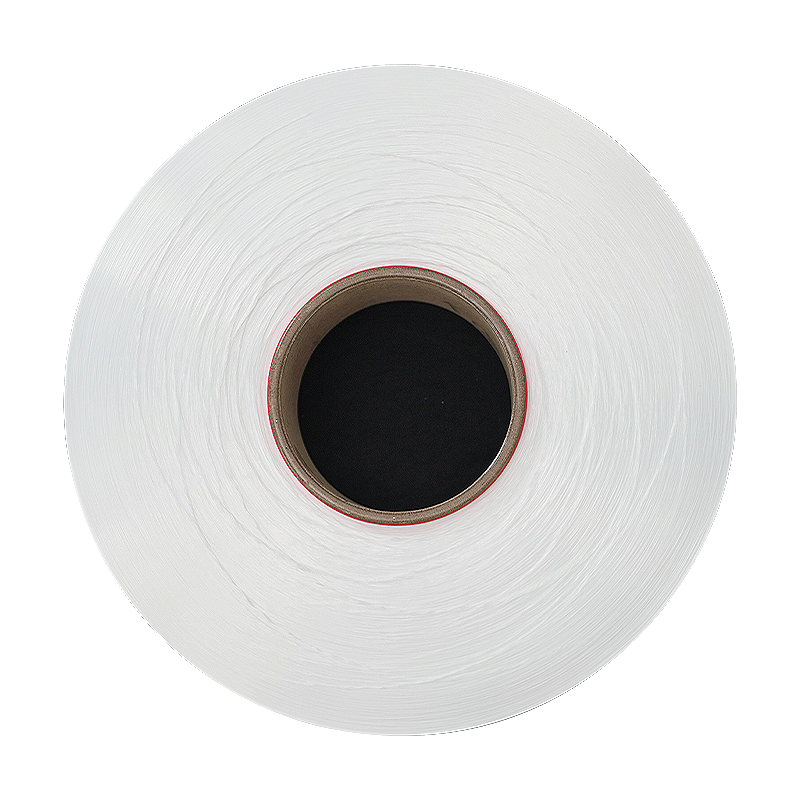
Does bi-component FDY yarn have characteristics in terms of environmental protection and recyclability?
2025-08-11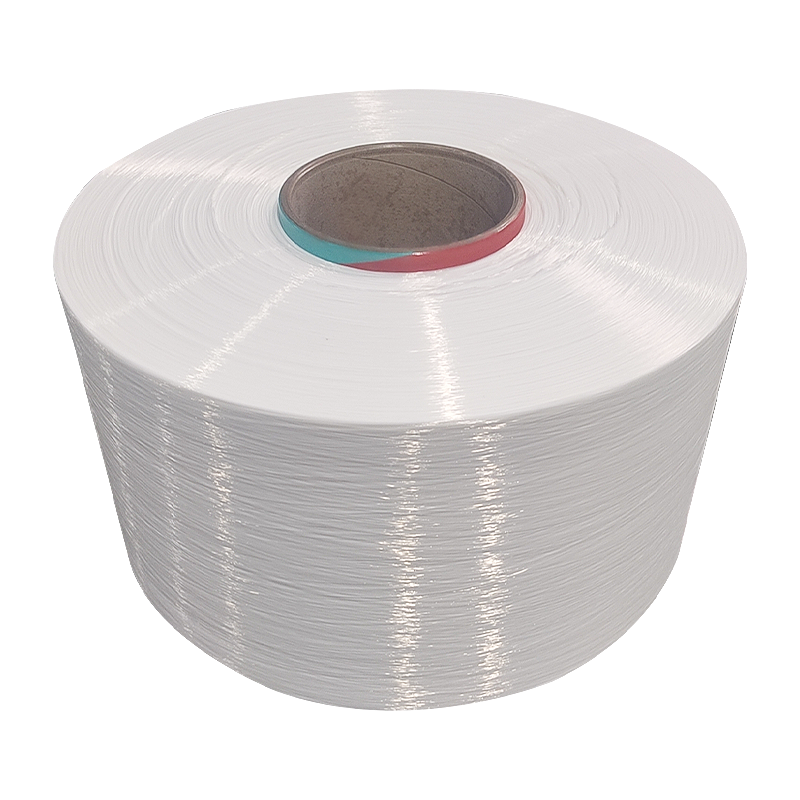
How does nylon mother yarn affect yarn strength and elasticity during production?
2025-08-26Your email address will not be published. Required fields are marked *
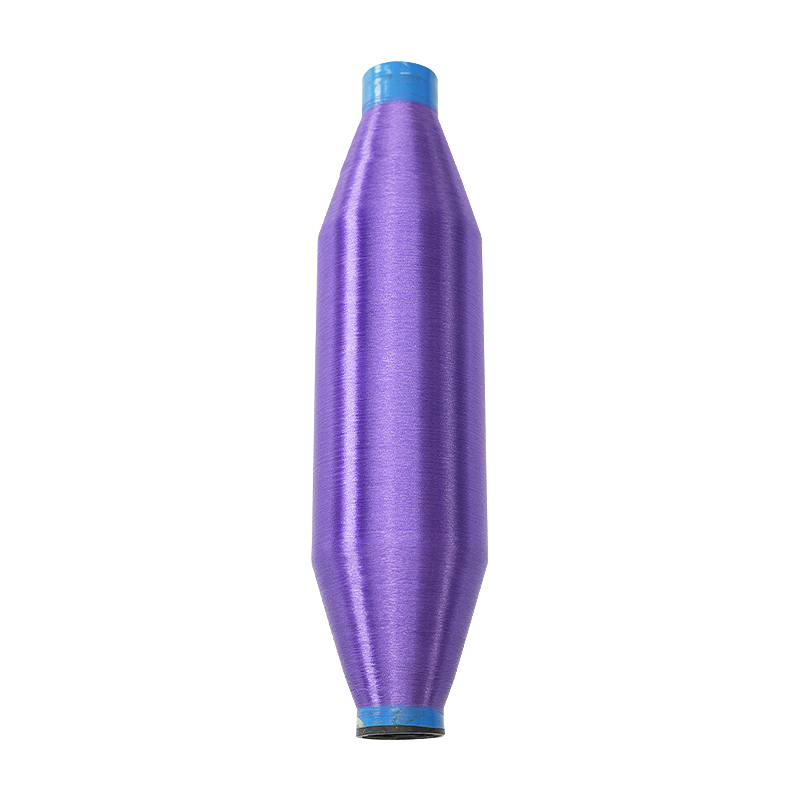
Single Strand Biodegradable Yarn is a single-strand structure, consisting of a single fiber bundle with no multiple strands tangled together. This structure makes the yarn softer, and smoother and exh...
See Details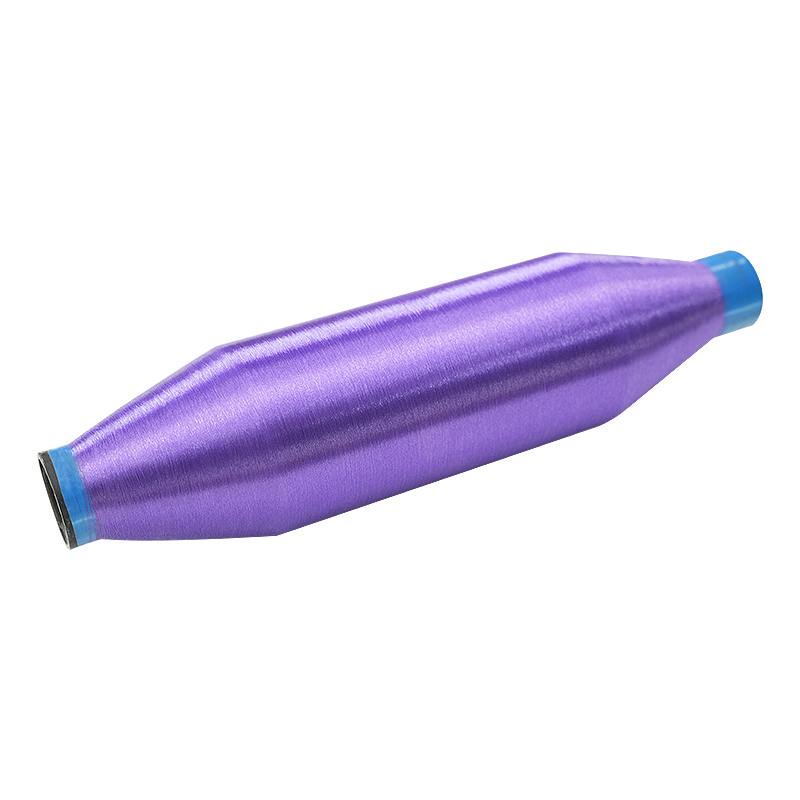
Graphene yarns can be produced by a variety of methods, including chemical vapor deposition (CVD) and wet spinning. In CVD, graphene is grown directly on a substrate, which is then removed to obtain g...
See Details
Colored Nylon Mother Yarn can be processed through spinning, drawing, dyeing and other processes to meet the needs of different textiles. It has good processing adaptability and can be made into vario...
See Details
300D Nylon Mother Yarn is made of nylon material, a synthetic fiber with abrasion resistance, strength and durability. It is therefore suitable for manufacturing various types of textiles, such as clo...
See Details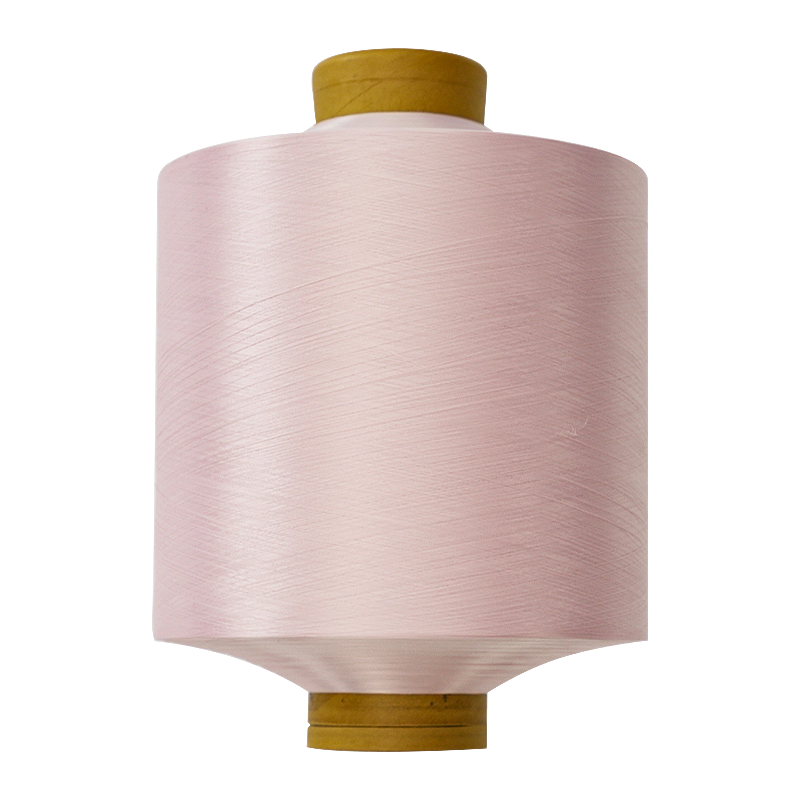
Nylon Elastic Yarn has elasticity and can quickly return to its original shape after stretching. This high elasticity makes the fabrics stretchable and comfortable. Nylon material has good wear resist...
See Details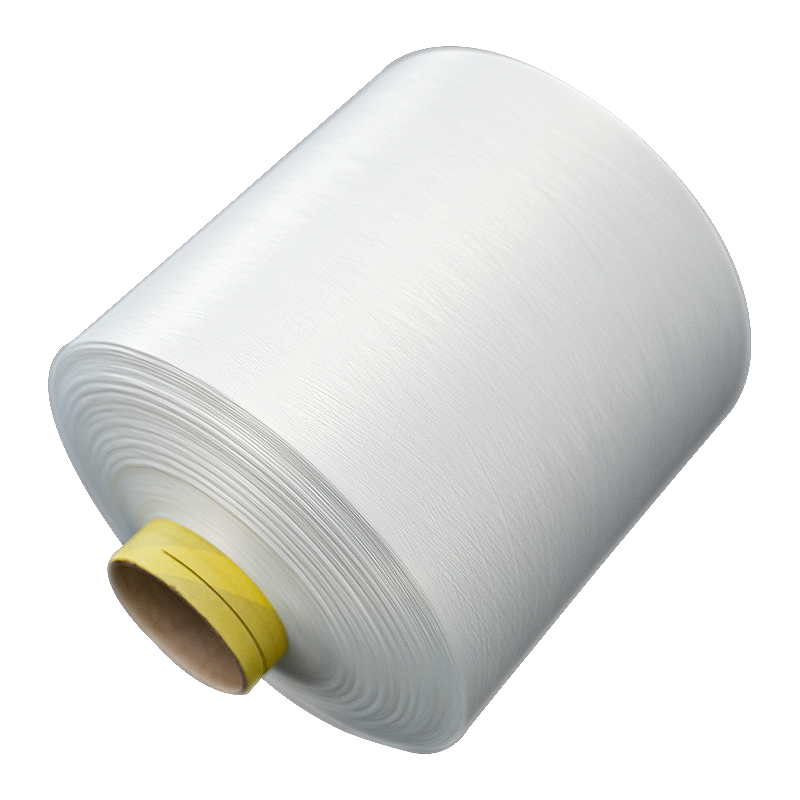
Nylon elastic yarn for textile use has a wide range of applications. Nylon elastic yarn is suitable for the manufacture of various textiles, such as underwear, socks, sportswear, swimwear, elastic fab...
See Details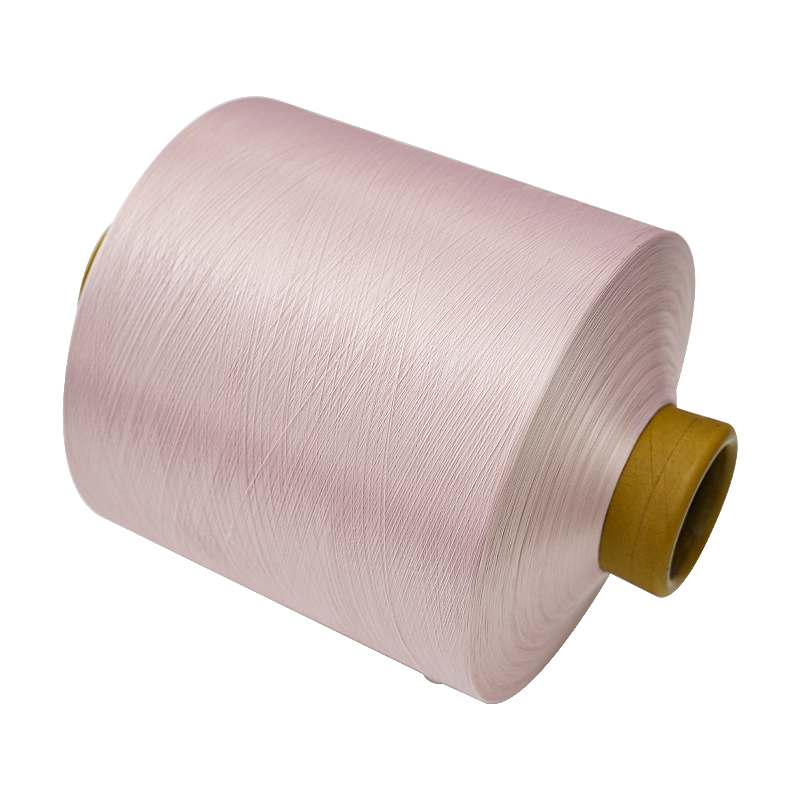
Fabrics made using Nylon elastic yarn for Weaving are lightweight, soft, comfortable and breathable, making them suitable for long-term wear. Made of high-quality nylon material with wear resistance, ...
See Details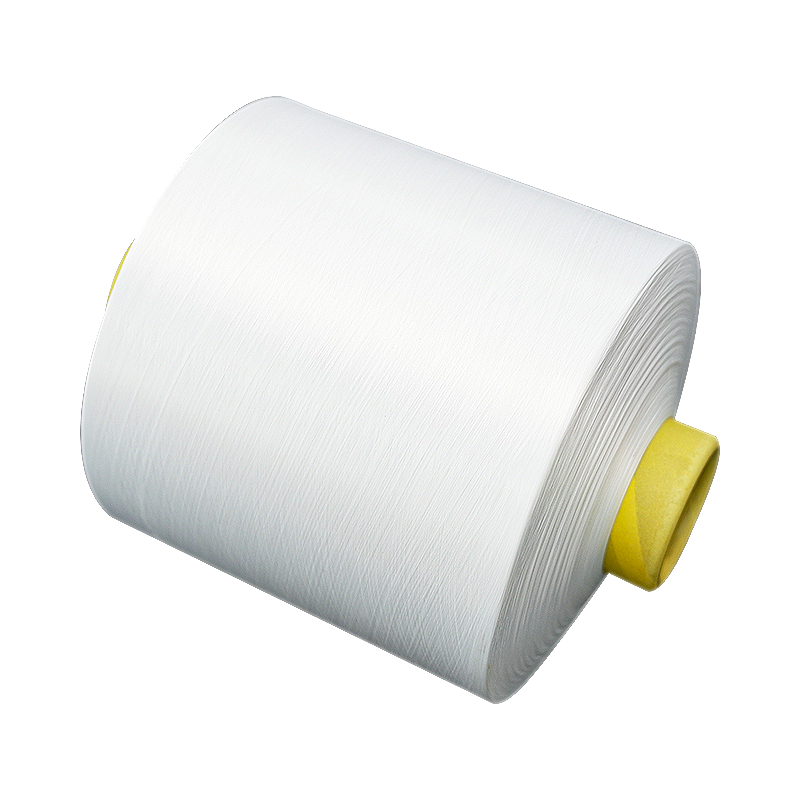
100D Nylon Elastic Yarn has a moderate thickness and good dyeing properties, which can achieve uniform and durable dyeing effects, making textiles bright and long-lasting in color. A yarn frequently u...
See Details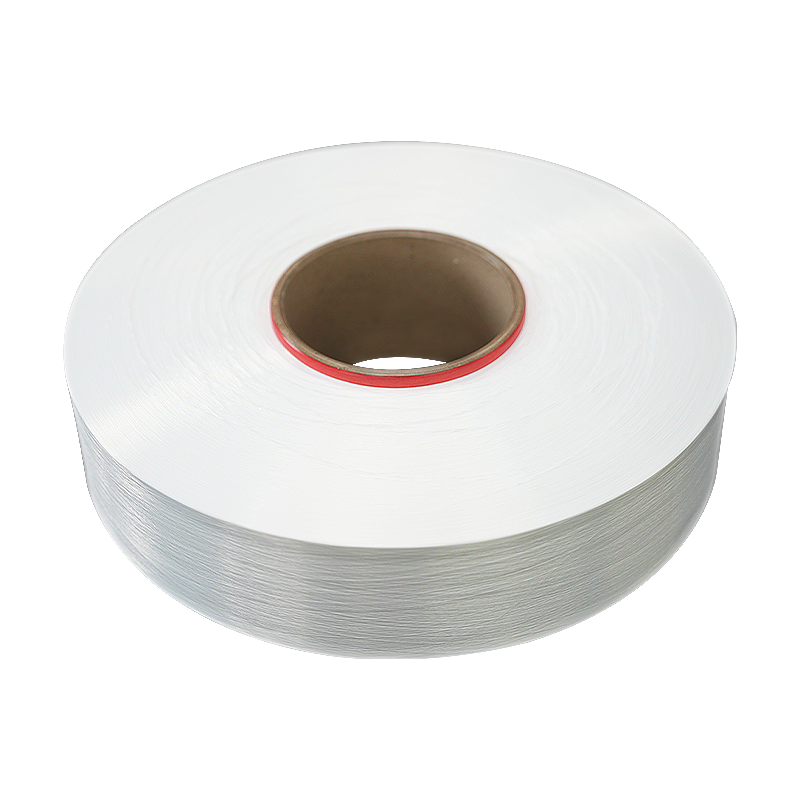
Polyester blended FDY yarn is a standard 50D yarn made from a blend of polyester and nylon. It combines the characteristics of both fibers and has durability and breathability. It has a wide range of ...
See Details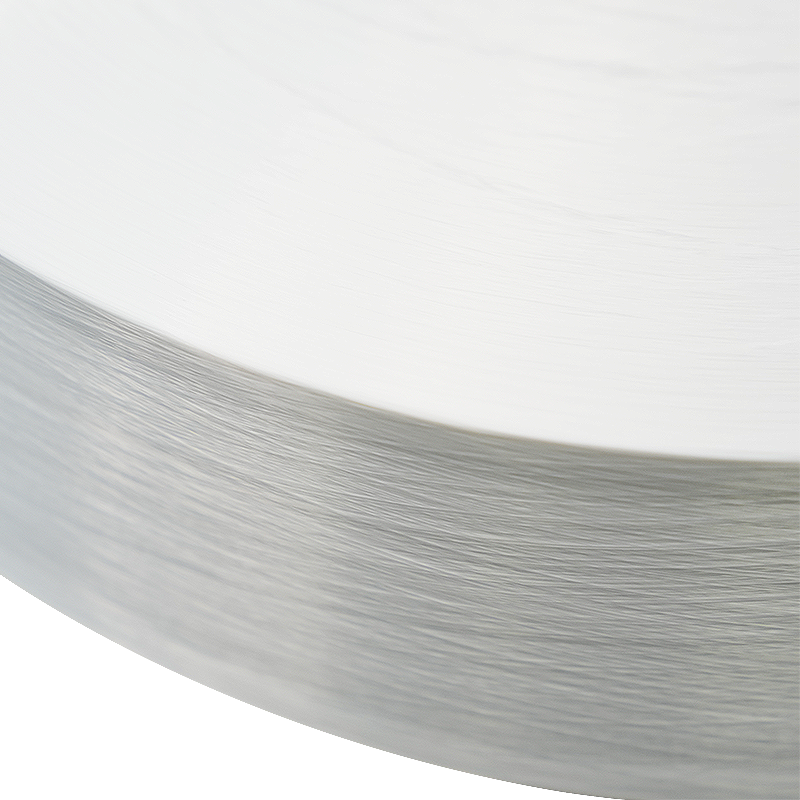
210D Polyester Nylon Composite FDY yarn is a composite fiber yarn. FDY is a mixture of polyester and nylon fibers. It combines the advantages of the two fibers, the abrasion resistance of polyester an...
See Details
Cooling brushed durable FDY yarn has high durability and is suitable for manufacturing textiles that require wear resistance and durability. It is not easy to wear out after long-term use. Textiles of...
See Details
Water-repellent blended FDY yarn has good waterproof properties. This characteristic makes Water-repellent blended FDY yarn a greater advantage when making textiles with high waterproof requirements s...
See DetailsAddress: Duntou industrial park, haian county, nantong city,jiangsu province ,China.
TEL: +86 15850491859
E-mail: sales-betty@hsnylon.com
If You Are Interested In Our Products, Please Consult Us